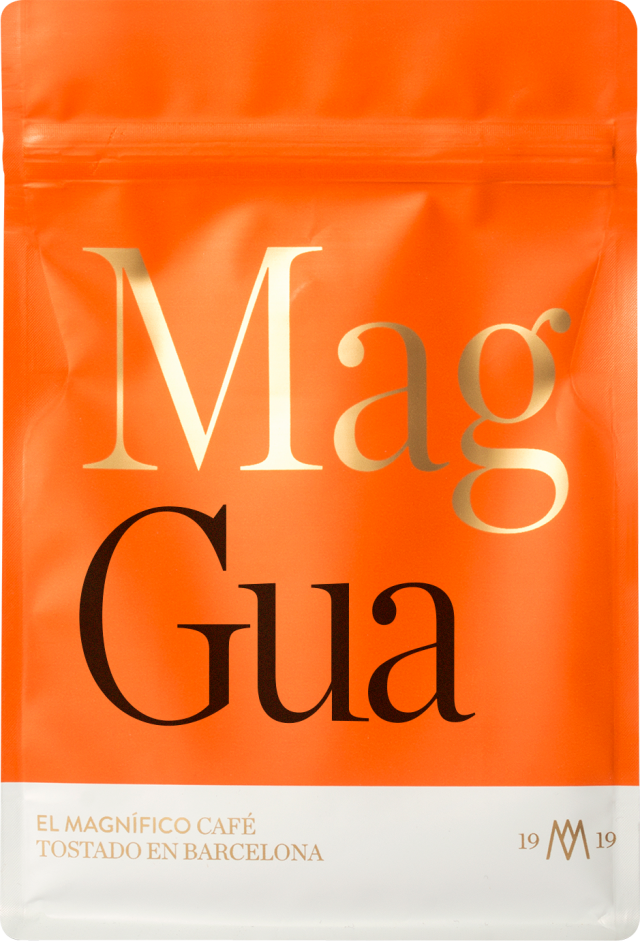
Guatemala Hierba Buena | Natural
The Farm
This 1 to 3 hectare farm is run by Maritza Roque and her son Josué. In producing countries, the value chain is often full of barriers and intermediaries that make it difficult to guarantee a good wage for producers. Realizing this, they decided to open the Chica Bean project, where they purchase parchment coffee from women producers and manage a roasting and cupping laboratory.
Their goal is to be transparent in their interactions, provide job opportunities, and organize technical and professional training courses. At Chica Bean, they have simplified the value chain by purchasing parchment coffee directly from women producers and from there, transporting it to their roastery/laboratory in Santa Lucía Milpas, where they handle the rest of the processing.
Why only women?
The role of women in coffee is undeniable, as it is estimated that 70% of the workforce is made up of women. While women have enormous influence in coffee, they generally receive very low pay. Only 17% of farms have a woman as owner or manager, representing a marked disparity in leadership. Part of this is because access to loans, technology, and education is notoriously difficult for women in coffee-producing countries, including Guatemala.
That’s why Chica Bean decided, through this educational, economic, and practical project, to work with the community of women coffee growers in the area to train and empower them, and, above all, to make their coffees known to the world.
Process Method
The cherries are picked at their peak ripeness and dried on raised pallets for 30 days.
After these 30 days, the cherries are shaped like raisins and stored in jute sacks so the cherries can absorb the flavor characteristics we’ll find in the final cup.
After the storage period, they are taken to the thresher to remove the skin, parchment, and any imperfections.
Origin
While coffee arrived in Guatemala at the end of the eighteenth century, as in most of the colonies of Central and South America, its cultivation began to gain strength in the 1860s, with the arrival of European immigrants encouraged by the Guatemalan government to establish plantations.
Seeds and coffee cuttings were distributed as a stimulus, as the country’s main export crop (indigo) had recently failed, leaving the population somewhat desperate to find an agricultural replacement. At the end of the 19th century, Guatemala exported more than 140 tons of coffee a year. Until 2011, it was among the five largest coffee producers in the world, although in recent years has been surpassed by Honduras.
A large percentage of Guatemala’s population, and therefore also the coffee sector, identifies with one of the more than 20 officially recognized indigenous groups, and most farmers are small coffee growers who work independently or are formally affiliated in cooperative associations.
In 1960, coffee growers developed their own union, which has since become the National Coffee Institute Anacafé, a research center, marketing agent and financial organization that offers loans and offers support to producers of the different regions.
The coffee of Ceiba comes from the renowned region of Huehuetenango famous for its cascading mountains, lush vegetation, high altitudes, dense forests and, of course, the quality and diversity of its coffees.
Thanks to the hot and dry winds blowing in the mountains of the Tehuantepec plain, Mexico, the region is protected from frost, allowing the highlands of Huehuetenango to be cultivated at up to 2.000 meters.
The extreme remoteness of Huehuetenango practically requires that all producers process their own cherries. Fortunately, the region has an almost infinite number of rivers and streams, so a mill can be placed almost anywhere.
16,75 € – 67 €
Free shipping from €40 purchase